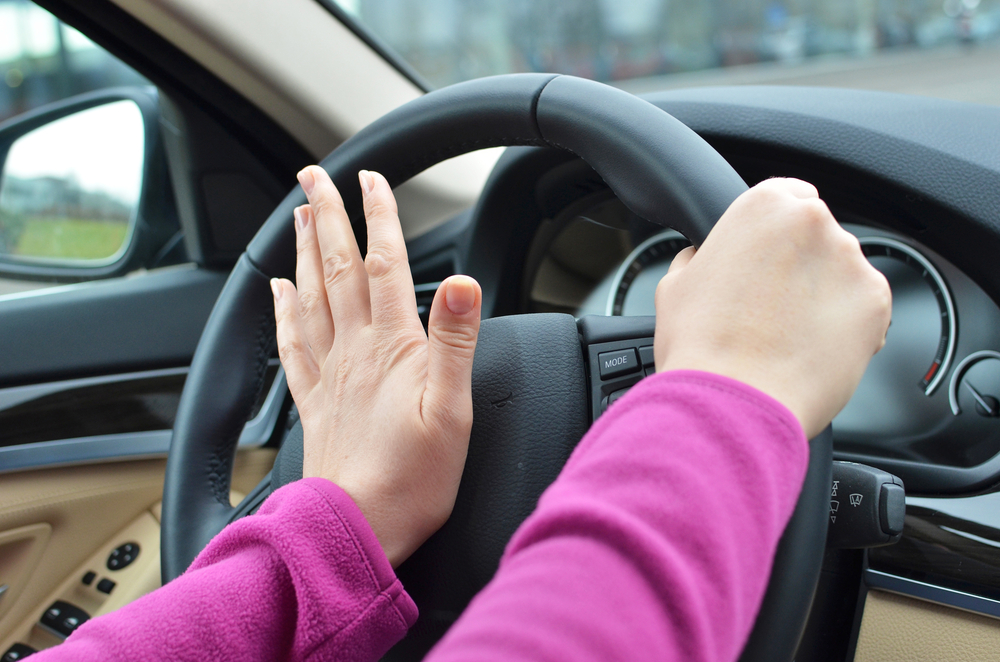
Proper hand placement on the steering wheel is a fundamental aspect of safe driving. It ensures better vehicle control, allows for quick reaction in emergencies, and can even help in reducing driver fatigue over long distances. Traditionally, drivers were taught the ’10 and 2′ positions, but this has been updated in light of new vehicle technologies and safety research. The latest guidelines suggest keeping your hands at the ‘9 and 3’ positions on the wheel.
Understanding the rationale behind this update is important. The change stems from considerations for airbag deployment zones and the natural ergonomics of your hands and arms while driving. Keeping your hands lower on the steering wheel, at the ‘9 and 3’ or even ‘8 and 4’ positions, can lower the risk of injury from an airbag deployment and increase your control over the vehicle. This positioning also aligns with the push-pull method of steering, conducive to making smooth turns.
Adjusting to this recommended hand position may also enhance your driving exam performance, where adherence to safe driving practices is evaluated. Remember, these are not just guidelines for the sake of rules; they are informed by extensive safety research and designed to protect you and your passengers on the road. Whether you’re commuting to work or embarking on a road trip, proper hand positioning on the steering wheel is a simple yet effective way to improve your driving experience.
Proper Hand Positioning
Maintaining the correct hand position on your steering wheel is crucial for safe and effective control of your vehicle. Here, you will learn about the “9 and 3” hand placement, how to adjust for your vehicle’s specific controls, ergonomic considerations to avoid fatigue, and the relationship between your hand position and safe steering techniques.
Understanding 9 and 3 Position
Position your hands on the steering wheel in what is referred to as the “9 and 3” position. This means your left hand should rest on the left side of the wheel, as if on the 9 on a clock face, while your right hand should be opposite, at the 3 position. The “9 and 3” placement provides balanced grip and ensures efficient maneuvering. It’s also considered safer in modern vehicles equipped with airbags.
Adjusting for Vehicle Controls
Your vehicle may have controls such as buttons or paddles on the steering wheel itself. It’s vital to place your hands so that these functions are accessible without overreaching or losing your grip. Ensure you familiarize yourself with the vehicle’s layout so adjustments can be made easily while keeping your hands around the “9 and 3” area.
Ergonomic Considerations
To reduce the risk of discomfort or injury over long drives, keep your elbows slightly bent while holding the steering wheel. Your seat should be adjusted so your back is against the seatback and your wrists can rest on the wheel with your arms extended. This ergonomic approach helps in maintaining control while preventing fatigue during lengthy periods behind the wheel.
Steering Technique and Safety
Embrace the hand-to-hand or push/pull steering technique to smoothly navigate turns. This method allows for minimal hand movement and reduces the likelihood of an overcorrection. In the event of an airbag deployment, proper hand positioning is also critically important. By avoiding “10 and 2,” you lessen the chances of your hands being forced into your face upon airbag inflation. Remember, exact hand positioning may vary slightly based on individual comfort, vehicle size, and steering wheel design, so use the “9 and 3” as a guideline but adjust as needed for safety and comfort.
In Nevada, as in all states, the key to safe driving is maintaining control of your vehicle at all times, which starts with proper hand positioning on the steering wheel.
Hand Position Variations
Hand position on the steering wheel is crucial for vehicle control and driver safety. It can vary according to the driving style, cultural practices, and type of vehicle you are operating.
Different Driving Styles
Sport Driving: For a dynamic driving style, such as in sport or performance driving, you will find the 9 and 3 positions most effective. This setup affords you quick response and tight control for rapid maneuvers.
Relaxed Driving: In contrast, casual, everyday driving may see drivers adopting a 10 and 2 or even a more relaxed 8 and 4 position, which some find more comfortable during long drives.
Cultural and Regional Variations
In different parts of the world, driver’s hand positions may vary slightly due to cultural preferences or regional driving education standards. For instance, in Nevada, the DMV Driver’s Handbook might suggest specific hand positions that align with state-recommended driving practices.
Hand Position for Different Vehicles
- Standard Passenger Cars: The 9 and 3 hand position applies here; it facilitates access to the horn and airbag deployment areas in case of emergency.
- Large Trucks and Buses: You may find that holding the wheel lower, at 8 and 4, can reduce arm fatigue due to the steering characteristics of these larger vehicles.
Remember, your hand position should always allow you to maintain control of the vehicle while being able to respond promptly to any driving situation.
If you are looking for legal advice and awareness on Las Vegas Personal Injury Lawyer or Las Vegas Car Accident Lawyer click here to contact us.
